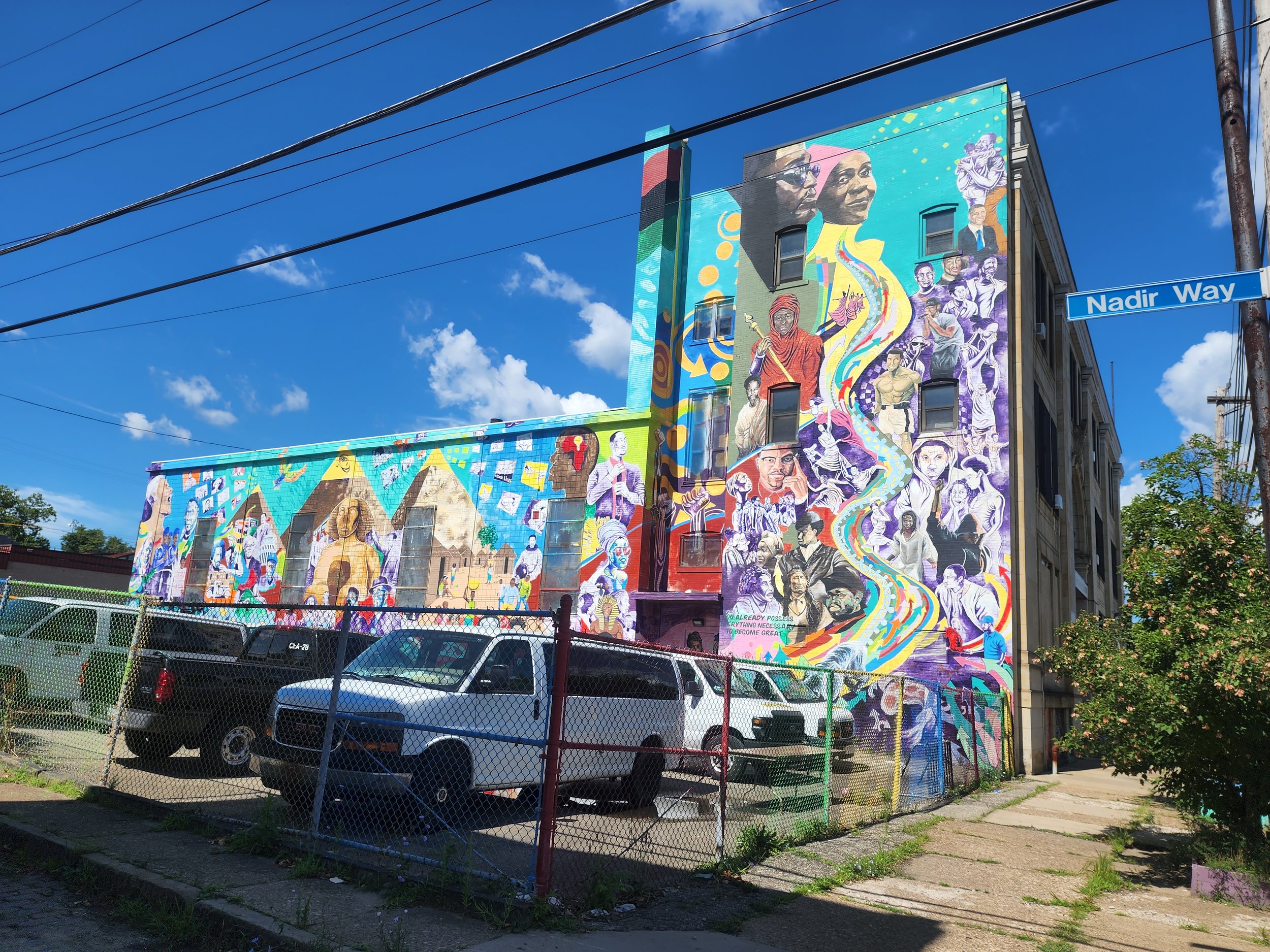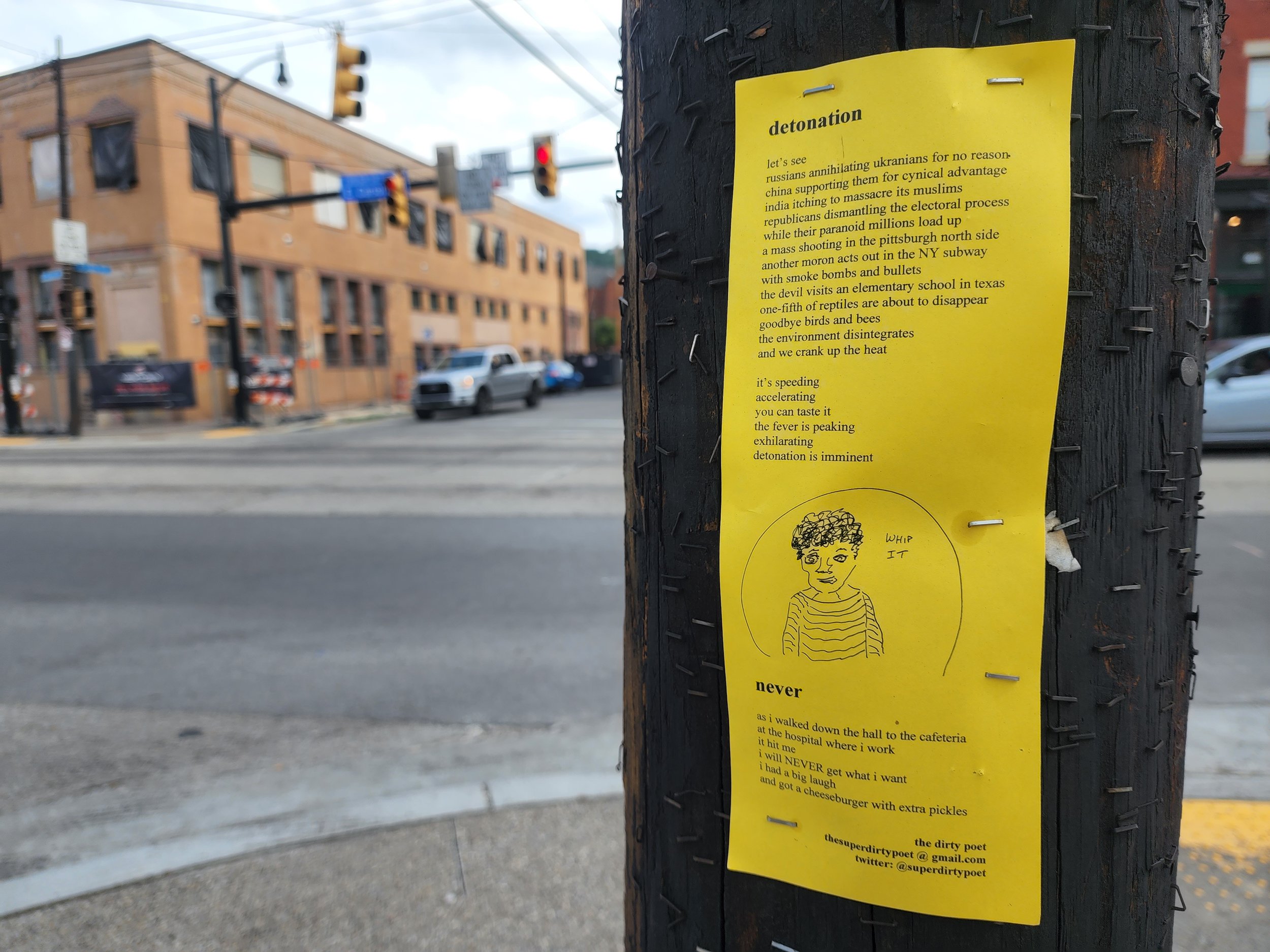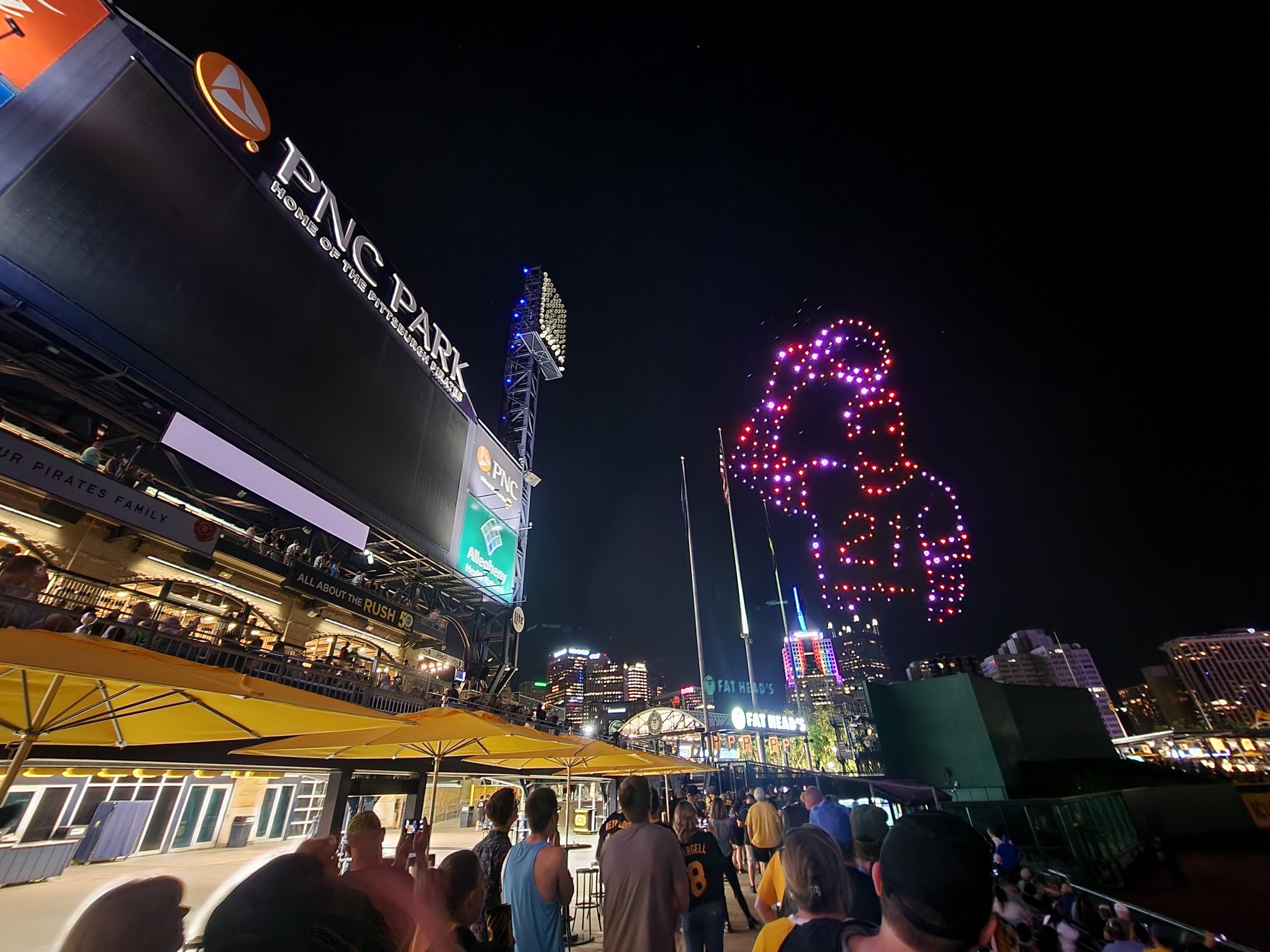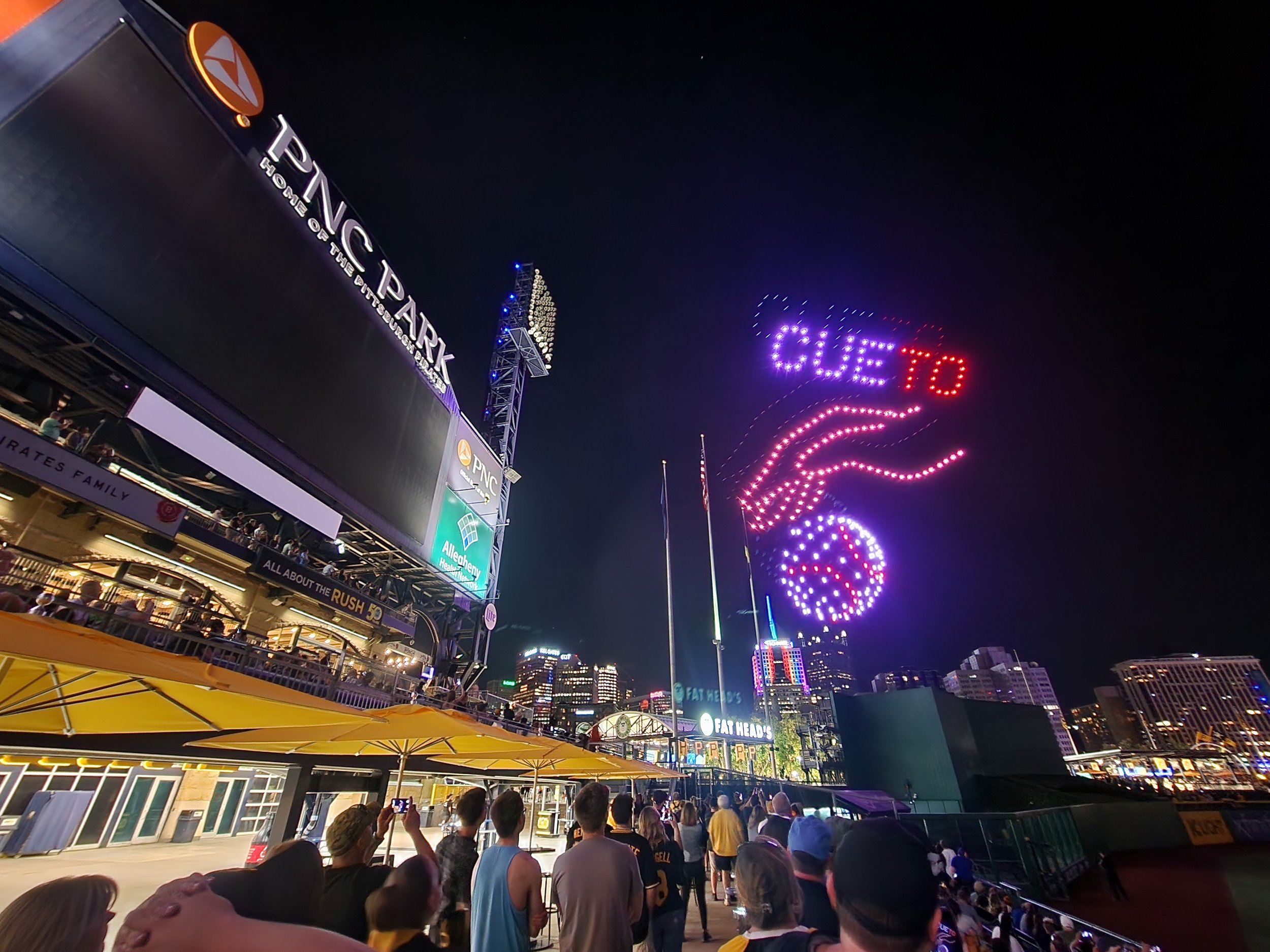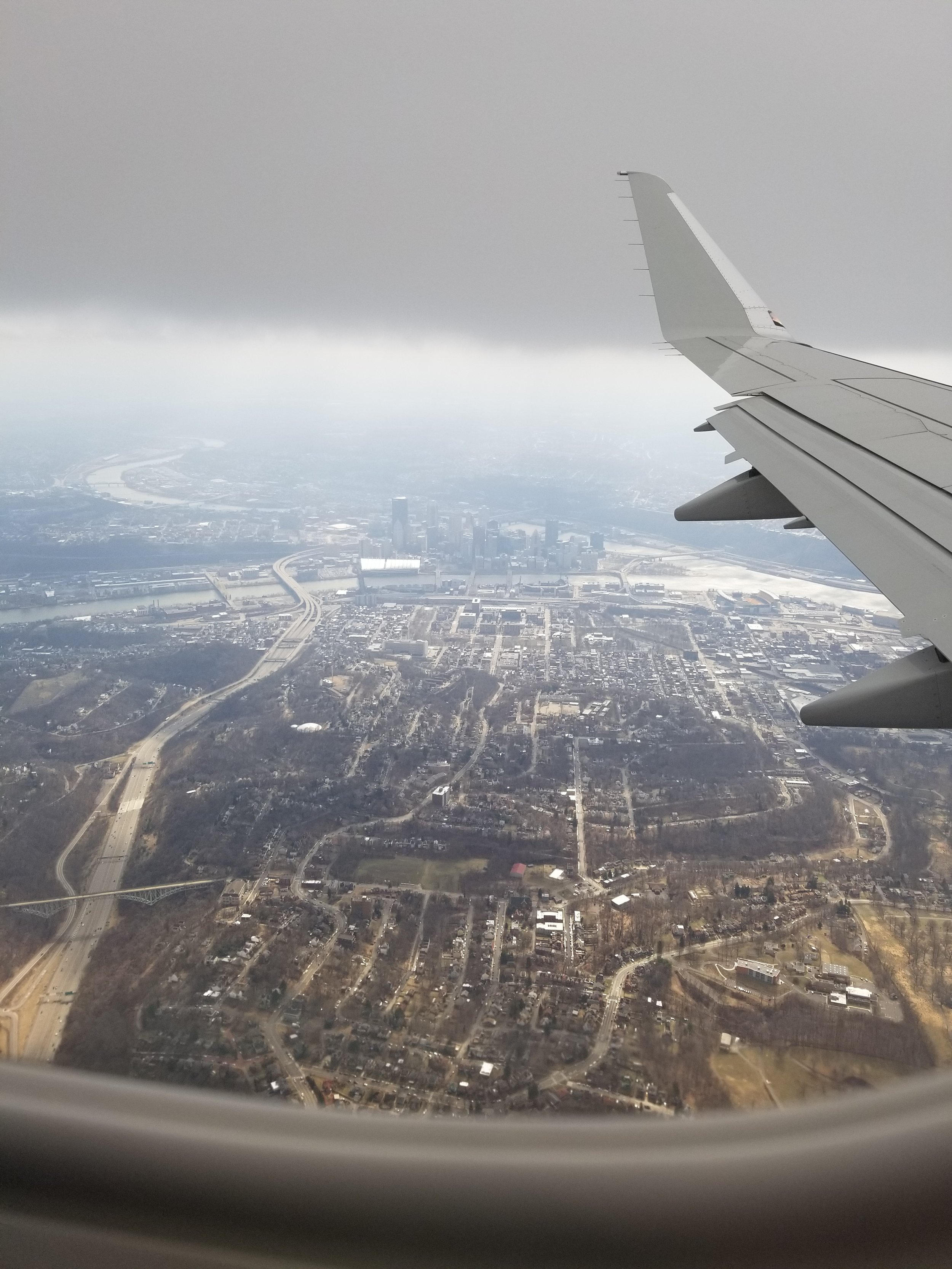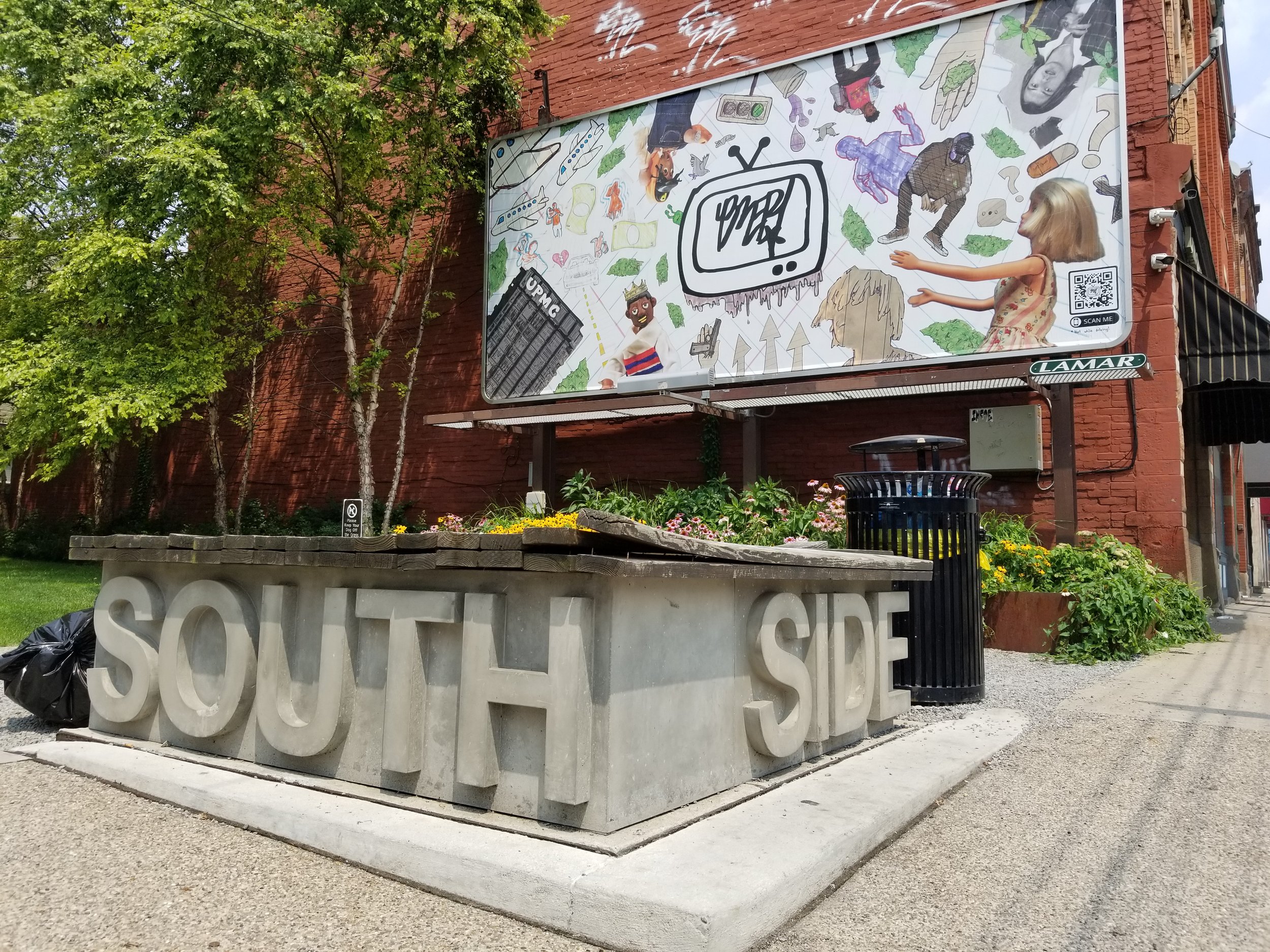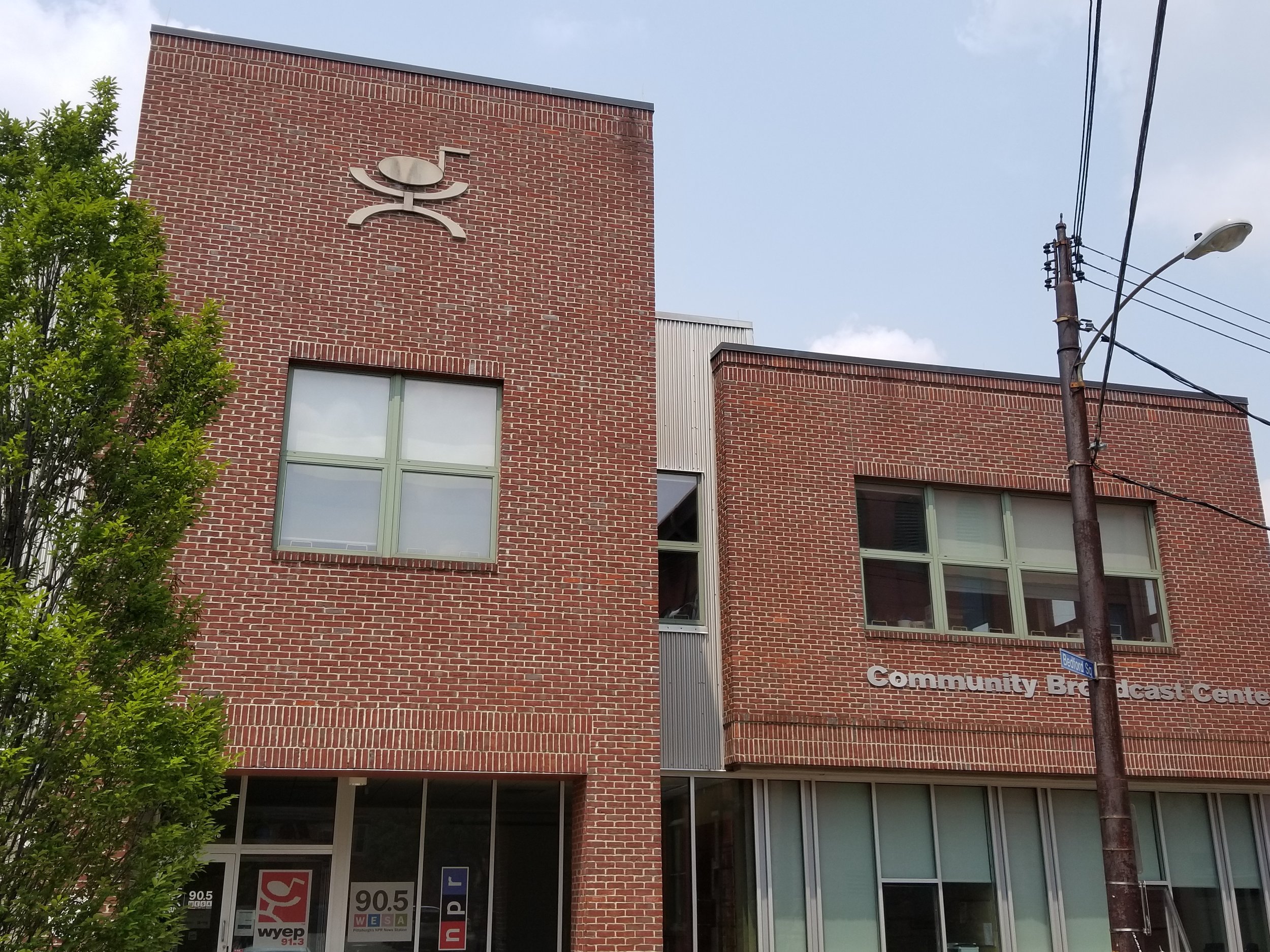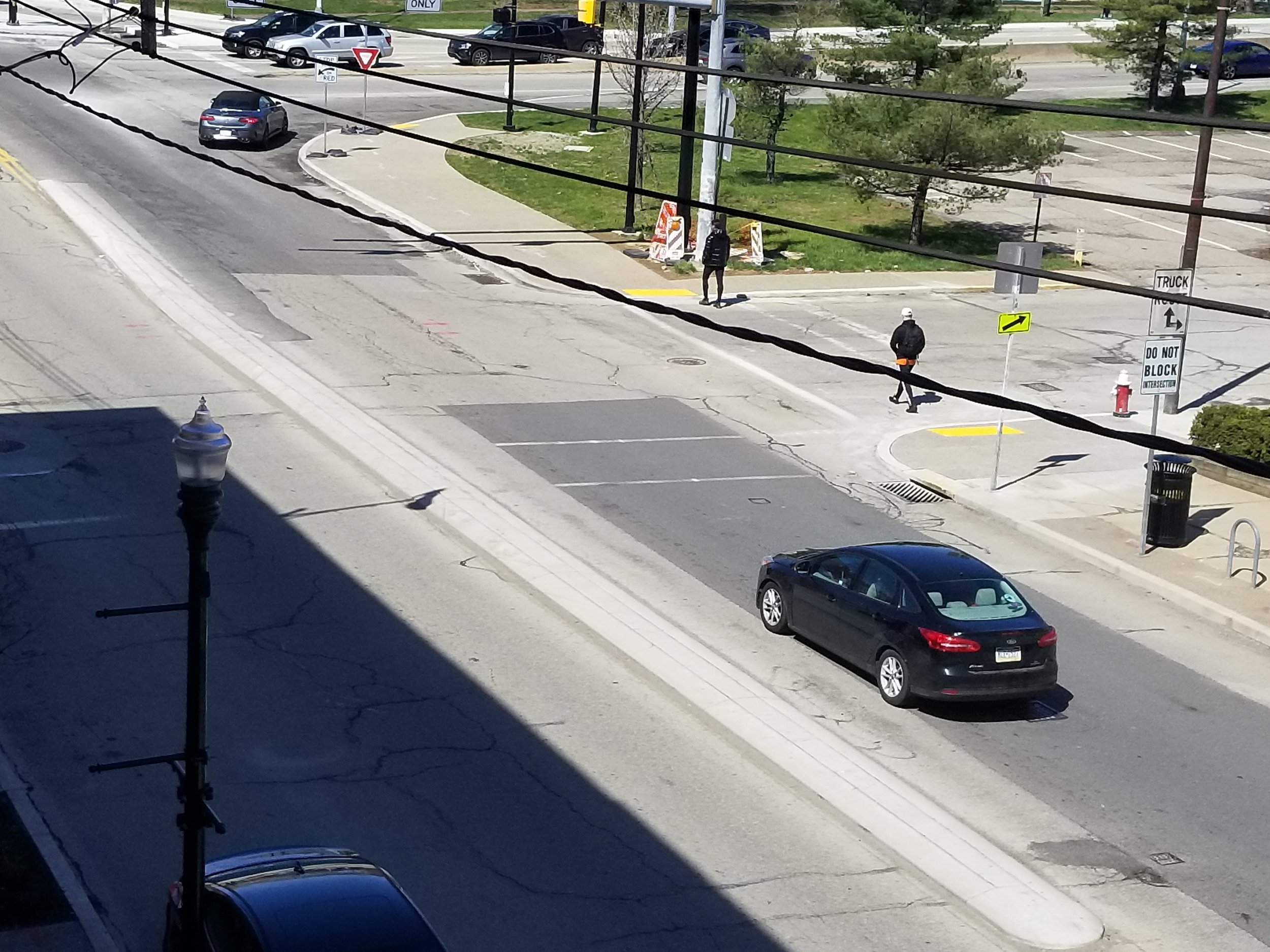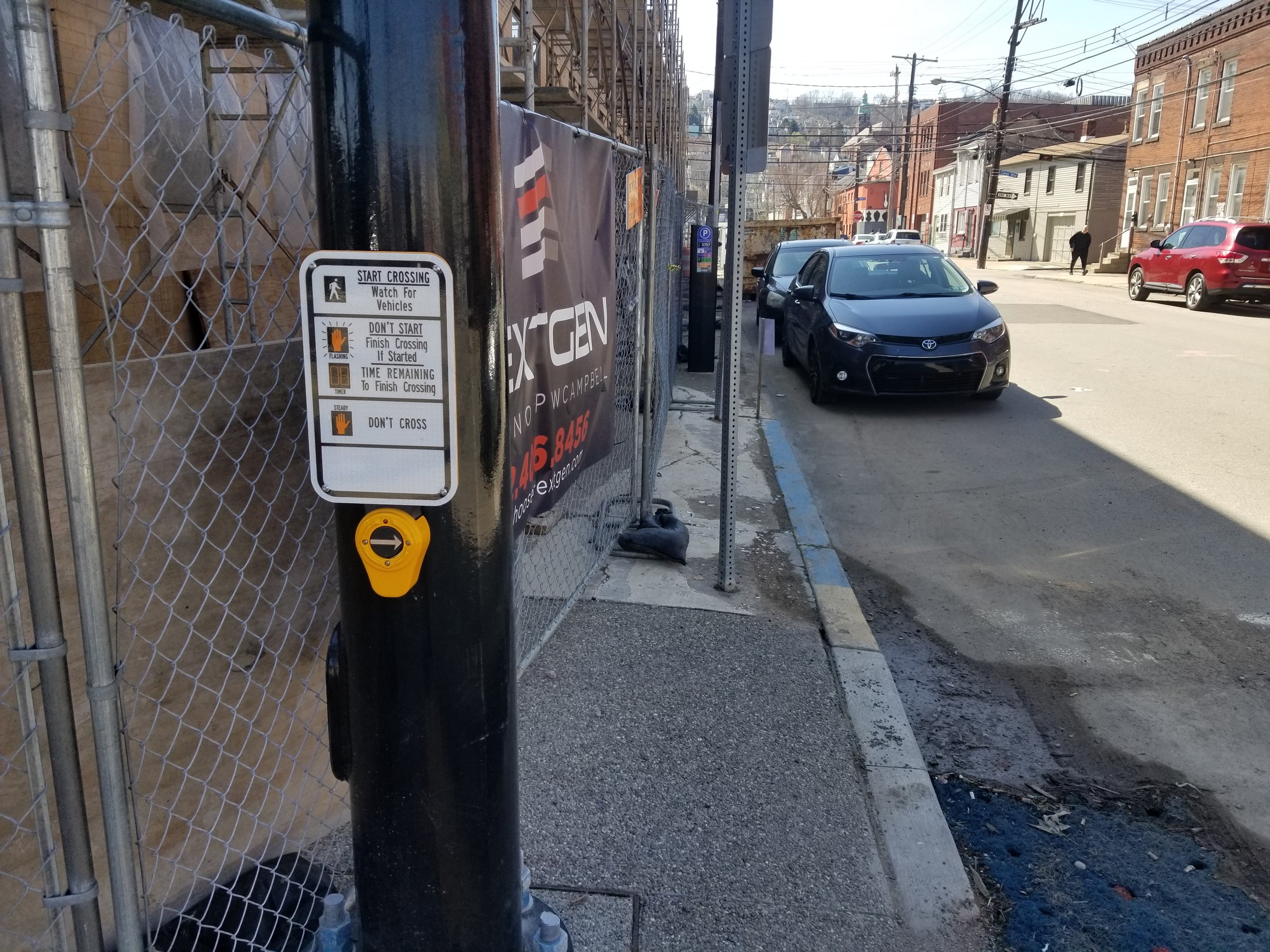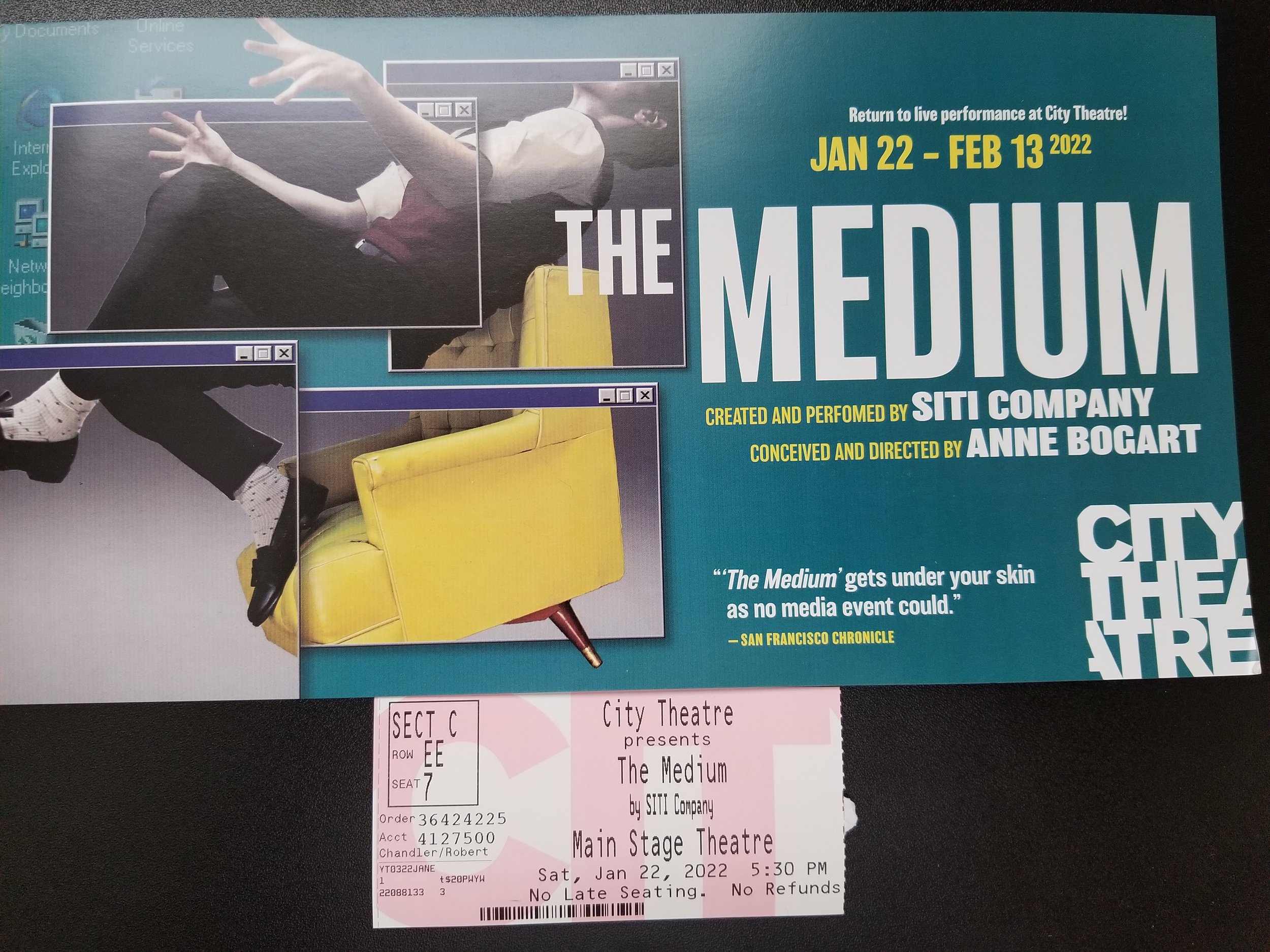Josh Gibson Heritage Park opening
It’s been a busy summer for the Josh Gibson Foundation. Sean Gibson has arranged a full slate of events to commemorate the 50th anniversary of his great-grandfather’s induction into the Baseball Hall of Fame. On August 3rd Gibson’s Hall of Fame plaque was on display at PNC Park during that evening’s Pirates game. And the following morning the Josh Gibson Heritage park was officially unveiled over by Station Square in the South Side.
It’s been several years since the Heritage Park had its groundbreaking ceremony, so I was glad to be here for the official opening.
Sean Gibson welcomed the crowd.
Rob Ruck also offered some introductory remarks. Ruck is a historian at the University of Pittsburgh. His book Sandlot Seasons: Sport in Black Pittsburgh was a major reference for me when I was researching Pittsburgh’s Black baseball history. Ruck offered historical background on the significance of the figures commemorated at the Park, but also contextualized ongoing efforts of recognizing and memorializing Black sport history in relation to broader reckonings with racial disparities.
Finally the artworks were unveiled, beginning with the Cool Papa Bell monument. The pieces are painted bronze casts.
Finally the artworks were unveiled, beginning with the Cool Papa Bell monument. The pieces are painted bronze casts.
The marker for Cumberland Posey.
Satchel Paige.
Concluding with the Josh Gibson tribute.
Check out the Josh Gibson Foundation for additional information and upcoming events. Sean was also interviewed on City Cast Pittsburgh last month discussing the various commemorations.















